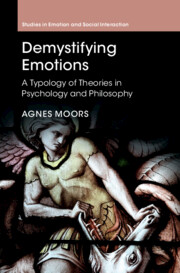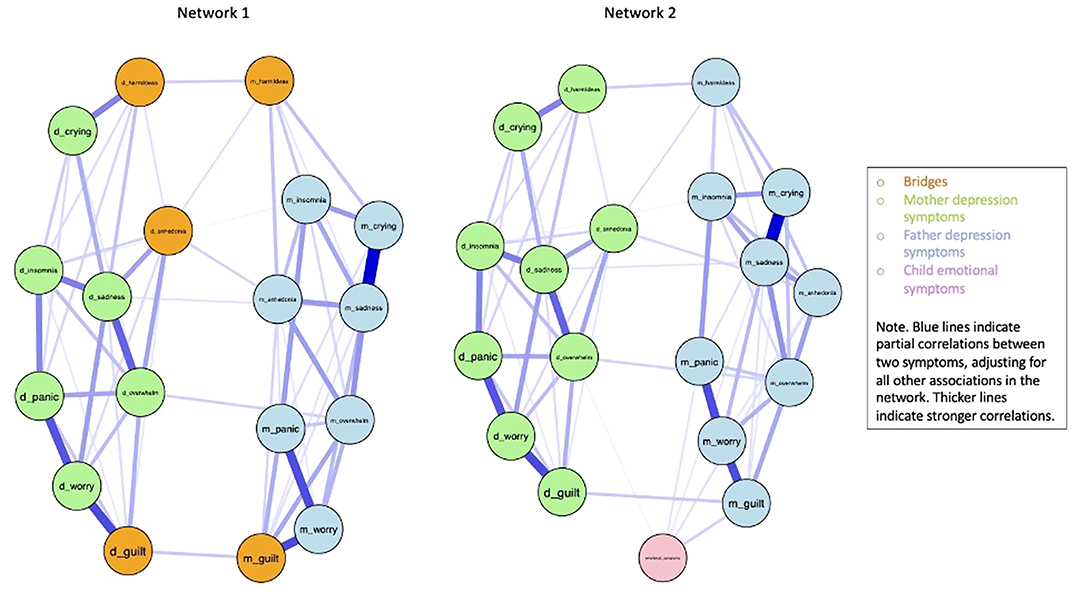81 results
Chapter 6 - Desolation Is Everywhere
-
- Book:
- Just Following Orders
- Print publication:
- 25 July 2024, pp 168-194
-
- Chapter
- Export citation
Oxidative Stress: An Intersection Between Radiation and Sulfur Mustard Lung Injury
-
- Journal:
- Disaster Medicine and Public Health Preparedness / Volume 18 / 2024
- Published online by Cambridge University Press:
- 06 May 2024, e86
-
- Article
-
- You have access
- Open access
- HTML
- Export citation
Chapter 54 - Antiviral Drugs
- from Section 5 - Patient Management
-
- Book:
- Clinical and Diagnostic Virology
- Published online:
- 11 April 2024
- Print publication:
- 18 April 2024, pp 263-273
-
- Chapter
- Export citation
Chapter 5.3 - Drug Treatment of the Psychoses
-
-
- Book:
- Seminars in General Adult Psychiatry
- Published online:
- 04 April 2024
- Print publication:
- 18 April 2024, pp 241-281
-
- Chapter
- Export citation
How does cognitive behavior therapy for dissociative seizures work? A mediation analysis of the CODES trial
-
- Journal:
- Psychological Medicine / Volume 54 / Issue 8 / June 2024
- Published online by Cambridge University Press:
- 10 January 2024, pp. 1725-1734
-
- Article
-
- You have access
- Open access
- HTML
- Export citation
The relevance of mechanisms and mechanistic knowledge for behavioural interventions: the case of household energy consumption
-
- Journal:
- Economics & Philosophy , First View
- Published online by Cambridge University Press:
- 06 December 2023, pp. 1-20
-
- Article
-
- You have access
- Open access
- HTML
- Export citation
1 - Systems and Relations
- from Part I - Systems, Relations, Levels, and Explanations
-
- Book:
- Systems, Relations, and the Structures of International Societies
- Published online:
- 19 October 2023
- Print publication:
- 02 November 2023, pp 3-19
-
- Chapter
- Export citation
4 - Systems, Causes, and Theory
- from Part I - Systems, Relations, Levels, and Explanations
-
- Book:
- Systems, Relations, and the Structures of International Societies
- Published online:
- 19 October 2023
- Print publication:
- 02 November 2023, pp 60-80
-
- Chapter
- Export citation
Boosting vs. nudging sustainable energy consumption: a long-term comparative field test in a residential context
-
- Journal:
- Behavioural Public Policy , First View
- Published online by Cambridge University Press:
- 25 October 2023, pp. 1-26
-
- Article
-
- You have access
- Open access
- HTML
- Export citation

The Cambridge Handbook of Prosociality
- Development, Mechanisms, Promotion
-
- Published online:
- 25 May 2023
- Print publication:
- 08 June 2023

Explaining Management Phenomena
- A Philosophical Treatise
-
- Published online:
- 15 December 2022
- Print publication:
- 22 December 2022
Mechanistic evidence underpinning dietary policy: bringing the jigsaw pieces together?
-
- Journal:
- Proceedings of the Nutrition Society / Volume 82 / Issue 2 / May 2023
- Published online by Cambridge University Press:
- 02 November 2022, pp. 219-226
-
- Article
-
- You have access
- Open access
- HTML
- Export citation

Implementation Science
-
- Published online:
- 13 October 2022
- Print publication:
- 24 November 2022
-
- Element
-
- You have access
- Open access
- HTML
- Export citation
Mother and father depression symptoms and child emotional difficulties: a network model
-
- Journal:
- European Psychiatry / Volume 65 / Issue S1 / June 2022
- Published online by Cambridge University Press:
- 01 September 2022, p. S87
-
- Article
-
- You have access
- Open access
- Export citation

Demystifying Emotions
- A Typology of Theories in Psychology and Philosophy
-
- Published online:
- 11 August 2022
- Print publication:
- 11 August 2022
Introduction
-
- Book:
- Mechanisms in Science
- Published online:
- 09 June 2022
- Print publication:
- 23 June 2022, pp 1-12
-
- Chapter
- Export citation
Chapter 8 - Constitution versus Causation
- from Part III - Beyond New Mechanism
-
- Book:
- Mechanisms in Science
- Published online:
- 09 June 2022
- Print publication:
- 23 June 2022, pp 193-208
-
- Chapter
- Export citation
Chapter 6 - Against Activities
- from Part II - Causation and Mechanism
-
- Book:
- Mechanisms in Science
- Published online:
- 09 June 2022
- Print publication:
- 23 June 2022, pp 138-163
-
- Chapter
- Export citation
Chapter 5 - Mechanisms, Causation and Laws
- from Part II - Causation and Mechanism
-
- Book:
- Mechanisms in Science
- Published online:
- 09 June 2022
- Print publication:
- 23 June 2022, pp 118-137
-
- Chapter
- Export citation
Chapter 7 - Whither Counterfactuals?
- from Part II - Causation and Mechanism
-
- Book:
- Mechanisms in Science
- Published online:
- 09 June 2022
- Print publication:
- 23 June 2022, pp 164-190
-
- Chapter
- Export citation




